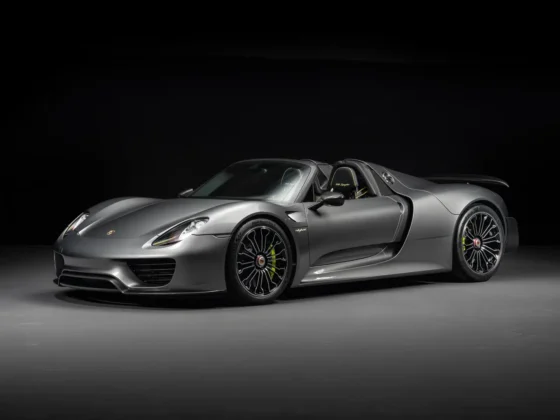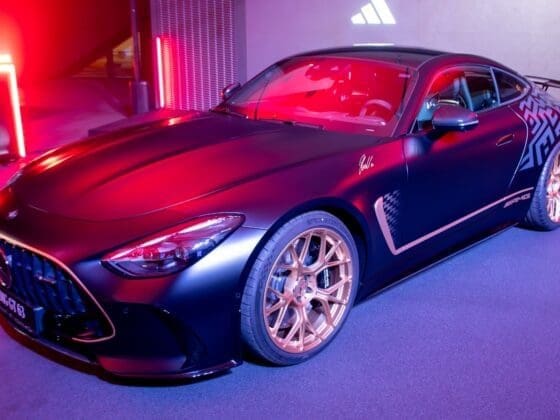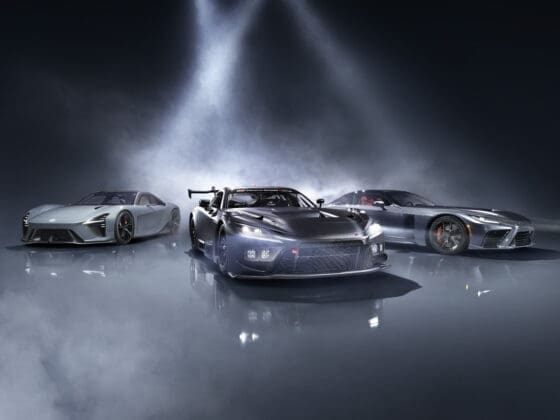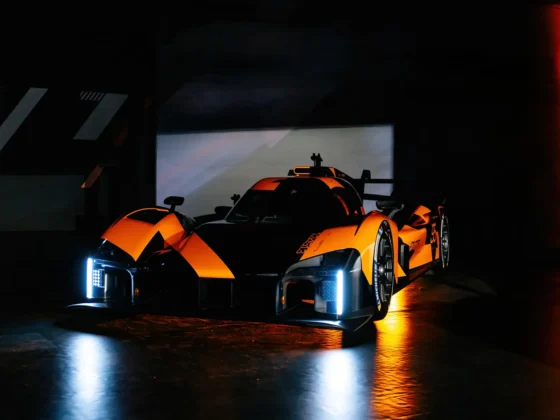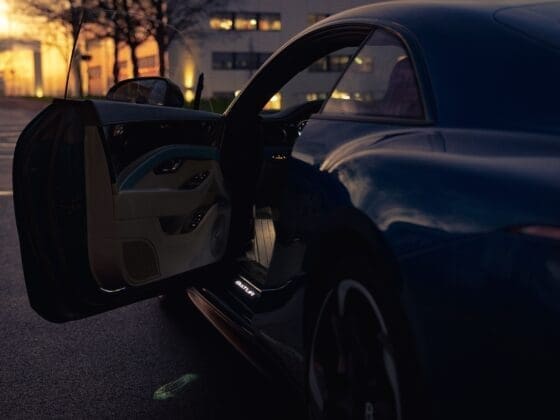The BMW Art Car Collection, an illustrious fusion of automotive engineering and contemporary art, embarks on a world tour in celebration of its 50th anniversary. Since its inception in 1975, the collection has served as a canvas for some of the most renowned artists in the world, blending performance with artistic expression in a way that transcends both disciplines. Now, five decades later, BMW is set to showcase this legacy globally, offering enthusiasts a rare opportunity to witness the evolution of creativity and innovation through its iconic series.

The concept of the Art Car was first introduced when French racing driver Hervé Poulain commissioned American artist Alexander Calder to paint a BMW 3.0 CSL for the 24 Hours of Le Mans. What started as a singular artistic endeavor soon turned into a tradition, with subsequent models adorned by the likes of Andy Warhol, Roy Lichtenstein, David Hockney, and Jeff Koons. Each vehicle within the collection represents a unique interpretation of motion, speed, and dynamism, often reflecting the artistic movements and cultural landscapes of their time. Over the years, the Art Car initiative has transformed into a testament to BMW’s commitment to pushing boundaries, both in technology and artistic collaboration.

The upcoming tour will include stops in major cultural capitals, bringing the Art Cars closer to audiences that have admired them from afar. From New York to Tokyo, Paris to Dubai, each exhibition will highlight the craftsmanship behind these vehicles while celebrating the artistic vision that continues to influence the automotive world. For BMW, this milestone is not merely a retrospective; it is a reaffirmation of its dedication to fostering creativity. The company has consistently invited artists from various backgrounds to reimagine their vehicles, ensuring that the collection remains a reflection of contemporary artistic discourse.

One of the most anticipated highlights of the tour is the inclusion of new works, expanding the collection with fresh perspectives that align with BMW’s forward-thinking ethos. While details on the latest additions remain closely guarded, speculation suggests that the company will introduce works that incorporate modern digital techniques, augmented reality, or even interactive elements, further bridging the gap between technology and artistry. As the automotive industry undergoes a radical transformation with electrification and AI-driven advancements, it is only fitting that the Art Car Collection evolves alongside it, capturing the essence of the modern era.

The significance of the Art Car Collection extends beyond aesthetics and engineering; it represents a legacy of collaboration between disciplines that rarely intersect. It stands as an example of how art and innovation can coexist, challenging perceptions and inspiring new generations. With this tour, BMW invites the world to partake in this journey, to explore the dialogue between speed and stillness, mechanics and imagination, tradition and progress. As the collection traverses continents, it serves as a reminder that art is not confined to museums or galleries but can thrive in motion, roaring down racetracks, and making history with every mile.



